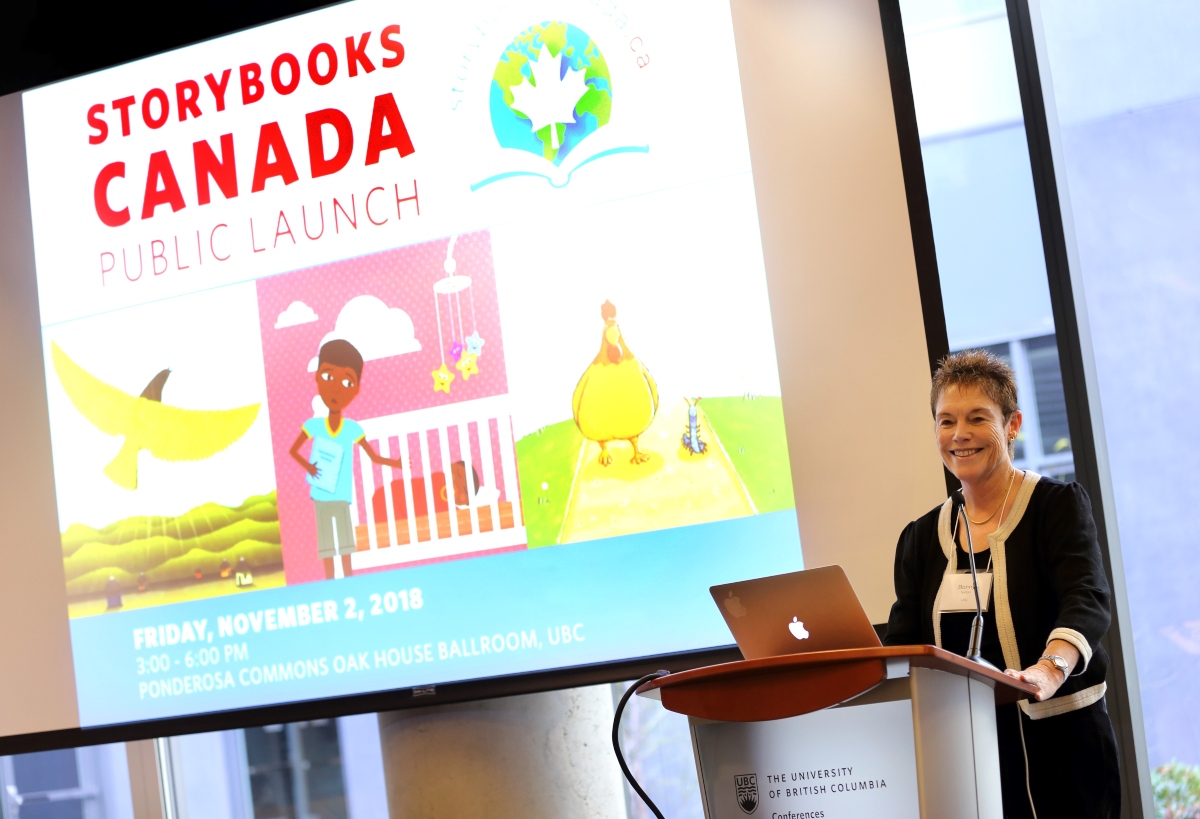
Project promotes multilingualism and global literacy while addressing the void of appropriate materials for K-12 students in poorly resourced communities.
When we think of using technology to translate, clunky Google Translate phrases come to mind. Therefore, when it comes to carefully translating a story from one language to another, using technology may be a stretch. Add the nuances of cultural context to the equation, and the task becomes an even more complex challenge.
However, technology is exactly what was needed to help a group of researchers from the University of British Columbia (UBC) to facilitate the translation of 52 stories written in a range of languages into 11 different Indigenous languages of Mexico. Most are available on the website Storybooks Mexico.
The project was conducted by Liam Doherty, a PhD candidate in UBC’s Department of Language and Literacy Education, supervised by Professor Bonny Norton, Fellow of the Royal Society of Canada and Distinguished University Scholar. They also counted on the collaboration of professors Anuschka van ’t Hooft of the University of San Luis Potosí, Mexico, and Sara Davidson of the University of the Fraser Valley (UFV).
With funds from the Mitacs Accelerate program and in partnership with Education without Borders, Doherty was brought on board to innovate the translation process by building a responsive web app that was designed to allow translators to quickly and easily translate original stories into Indigenous languages.
Digitizing storybooks in multiple languages across the globe
Doherty’s work is also part of the Indigenous Storybooks project, which allows open-licensed stories to be translated from English to French and a variety of Indigenous languages in both written and audiobook form. While students may be taught in English or French at school, they can read the same story at home in their ancestral language — such as Halq'eméylem (Sts'ailes), Omaškêkowak (Swampy Cree), or X̱aad Kil (Haida, Old Massett).
The project’s goal is to address the lack of freely available and culturally appropriate literacy materials for K-12 students. Related to Canada’s Truth and Reconciliation Calls to Action of 2015, it encourages the integration of more Indigenous content, perspectives, and pedagogies in school curriculum.
As Professor Norton says, “when your language is valued, you feel valued as a person.” This sentiment expresses the delicate balance of navigating identity as you navigate language, and the careful way translations of stories must be done between multiple languages and cultures.
Norton is the project lead of Storybooks Canada, which is the first of their Global Storybooks digital project, and is based on the African Storybook initiative created by South African not-for-profit organization Saide.
As explained in a recent article co-authored by Norton on The Conversation, these initiatives have the same mission: to share children’s stories in multiple languages in order to promote multilingualism and global literacy.
The Global Storybooks project offers digital storybooks that have been carefully translated to French, Bengali, Urdu, Spanish, Cantonese, Yoruba, and many more languages. Part of this initiative, Indigenous Storybooks is led by UFV’s Assistant Professor and Haida scholar Sara Davidson.
Using technology to promote multilingualism and language preservation
According to the project’s team, creating an app was necessary to address the specific issues that come with crowdsourcing large numbers of translations in many languages. The aim was to make the process more accessible and user-friendly.
The app allows for the coordination and management of a large number of translations, along with multiple levels of revision, audio recordings, and other steps for a system that allows everyone from the translator to the proofreader to the translation coordinator to work together seamlessly.
As far as what is next, the team believes that there is a lot of potential for further development as all the translations and stories are open-licensed — meaning they can be readapted and reused indefinitely. The goal is to have many more languages added to Global Storybooks to create richer resources for children, educators, and community members across the globe.